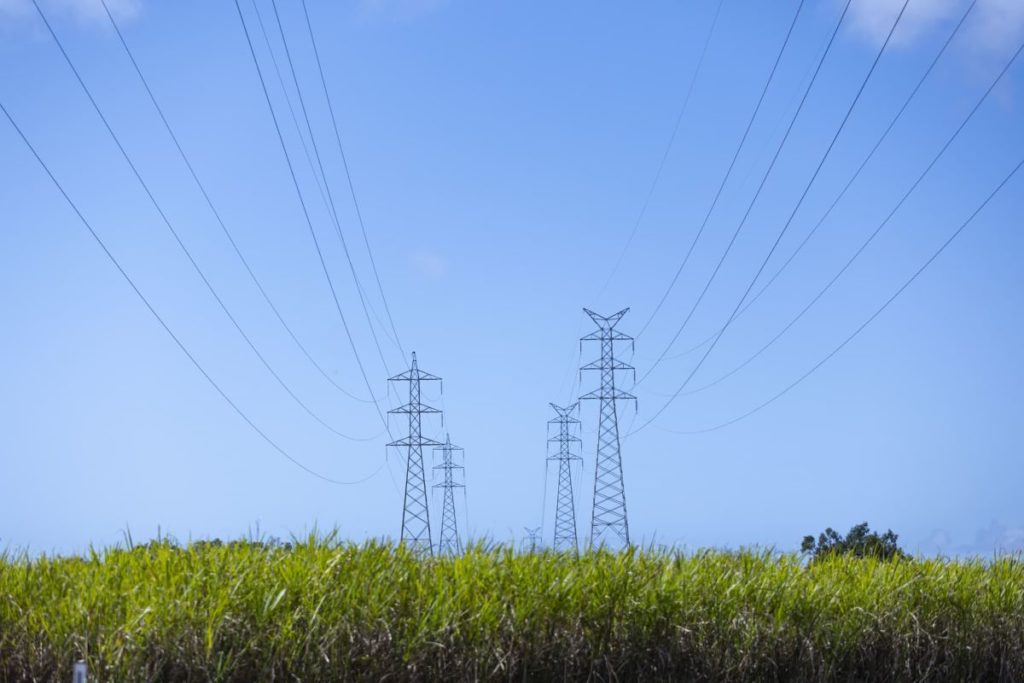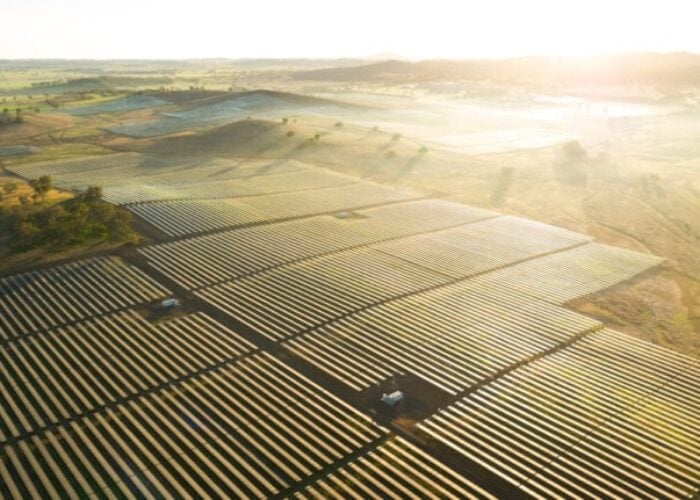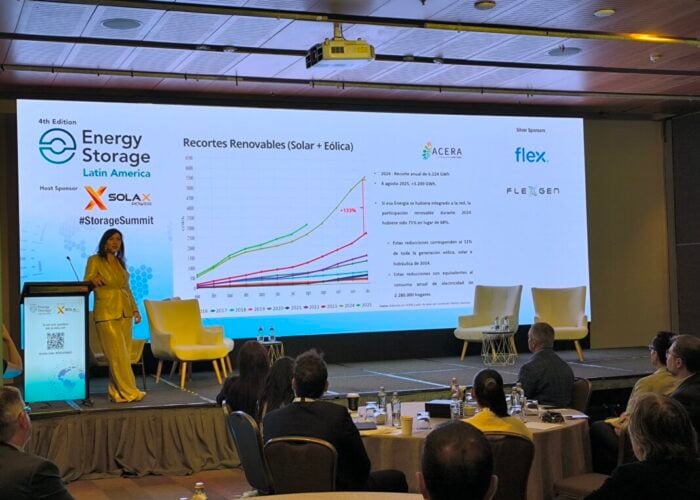
Electricity generation from low-emission sources such as solar, wind, hydro, and nuclear will cover all global demand growth over the next three years, according to the Electricity 2024 report from the International Energy Agency.
The low-emissions sources are forecast to account for almost half of the world’s electricity generation by 2026, up from 39% in 2023. By early 2025, renewables will provide more than one-third of total electricity generation, overtaking coal.
Try Premium for just $1
- Full premium access for the first month at only $1
- Converts to an annual rate after 30 days unless cancelled
- Cancel anytime during the trial period
Premium Benefits
- Expert industry analysis and interviews
- Digital access to PV Tech Power journal
- Exclusive event discounts
Or get the full Premium subscription right away
Or continue reading this article for free
The share of renewables in electricity generation is expected to increase from 30% in 2023 to 37% in 2026, with the growth largely supported by the expansion of cheaper solar PV. In this period, renewables will more than offset demand growth in advanced economies such as the US and the EU.
Meanwhile, in China, the rapid expansion of renewables is expected to meet all additional electricity demand, although the weather and the extent to which the country’s demand growth eases remain key sources of uncertainty for the outlook.
IEA added that the expansion in renewables capacity must be accompanied by investment in grids and system flexibility to ensure a smooth integration.
Electricity demand in different parts of the world
Global electricity demand grew by only 2.2% in 2023, down from 2.4% in 2022. However, it is on course to accelerate to a higher 3.4% in the 2024-2026 forecast period as China, India and Southeast Asia will continue to dominate growing electricity demand.
On the contrary, advanced economies posted declines amid the lacklustre macroeconomic environment as well as the weak industry and manufacturing sectors despite continued electrification. In some regions, including the US, relatively milder weather also lowers electricity consumption.
EU electricity demand continued to decline in 2023 as the estimated electricity consumption in the EU industrial sector dropped by 6%, after a 5.8% decline in 2022.
IEA said that strong growth in emerging economies, combined with an anticipated recovery in industry and ongoing electrification of the residential and transportation sectors in various parts of the world, will be the mainstay of increasing electricity over the outlook.
Moreover, according to the report, electricity consumption from data centres, artificial intelligence (AI) and cryptocurrencies could double by 2026.
The recovery of EU electricity demand
The EU witnessed a drop in electricity demand in 2022 (-3.1%) and in 2023 (-3.2%), predominantly due to lower consumption in the industrial sector amid the economic downturn. IEA said a gradual recovery in the industrial sector will drive EU electricity demand to the 2021 levels by 2026 at the earliest, with an average annual growth rate of 2.3%.
In addition to the gradual recovery in economic growth, strong drivers of electricity demand in the EU in the period leading up to 2026 will come from electric vehicles (EV), heat pumps, and data centres, which will account for half of the total demand gains.
A total of nine million new EVs and 11 million new heat pumps are expected to become operational by 2026 in the EU, while electricity consumption from data centres in the EU in 2026 will be 30% higher than 2023 levels, with Ireland and Denmark making up 20% of the expected increase in data centre electricity demand to 2026.






